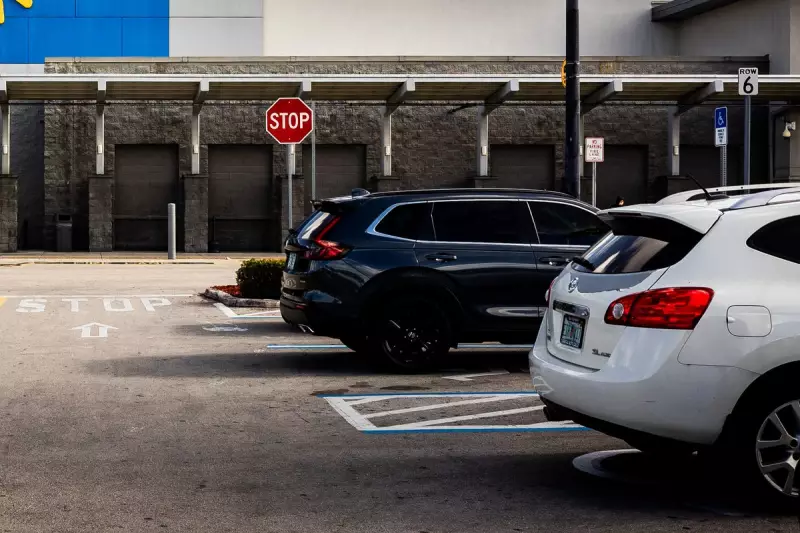
In a significant move for the retail sector, Walmart has announced it will keep its doors closed across the United States on Thanksgiving Day this year. The decision, confirmed by CEO John Furner, is designed to give the company's vast workforce the opportunity to spend the holiday with their loved ones.
A Day of Rest for Employees
The closure affects all Walmart stores on Thursday, November 27, 2025. This marks a continuation of a policy that has been welcomed by staff and industry observers alike. The retail giant will not remain shut for long, however, with plans to reopen for the crucial Black Friday sales period.
Stores are scheduled to welcome customers again at 6 a.m. on Friday morning, positioning the company to capitalise on one of the busiest shopping days of the year. This balanced approach aims to respect employee welfare while still competing in the high-stakes holiday retail market.
Industry-Wide Trend for Thanksgiving
Walmart is not alone in its decision to pause operations for the holiday. Other major retail chains have made similar announcements, creating a notable trend across the industry.
Target stores have also confirmed they will be closed on Thanksgiving Day. Furthermore, wholesale leader Costco, which traditionally closes on major holidays, will also not be open on the Thursday.
The list extends to other popular chains, including TJ Maxx and Best Buy, confirming that a significant portion of the American retail landscape will be quiet on November 27th, allowing thousands of employees a guaranteed day off.
Implications for Shoppers and the Retail Landscape
This collective move by leading retailers signals a shift in how major corporations are approaching key holiday periods. The prioritisation of staff time with family over potential sales on Thanksgiving Day reflects evolving corporate values and consumer expectations.
For shoppers, this means that Black Friday deals will officially begin on Friday morning, with many major stores opening their doors at 6 a.m. The decision provides clarity for consumers planning their bargain-hunting strategies and underscores the importance of employee welfare in the modern retail environment.





